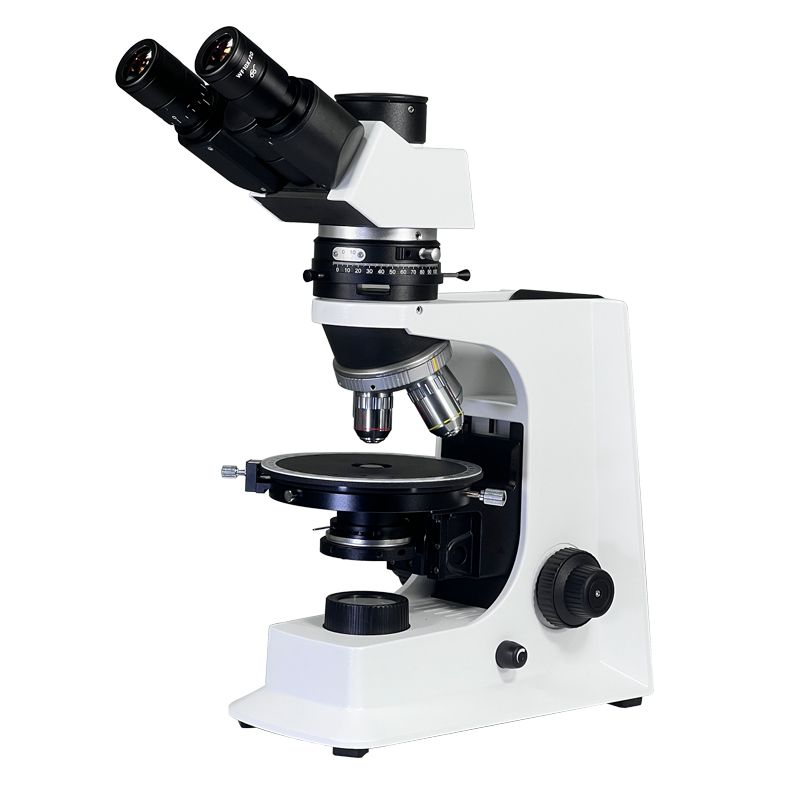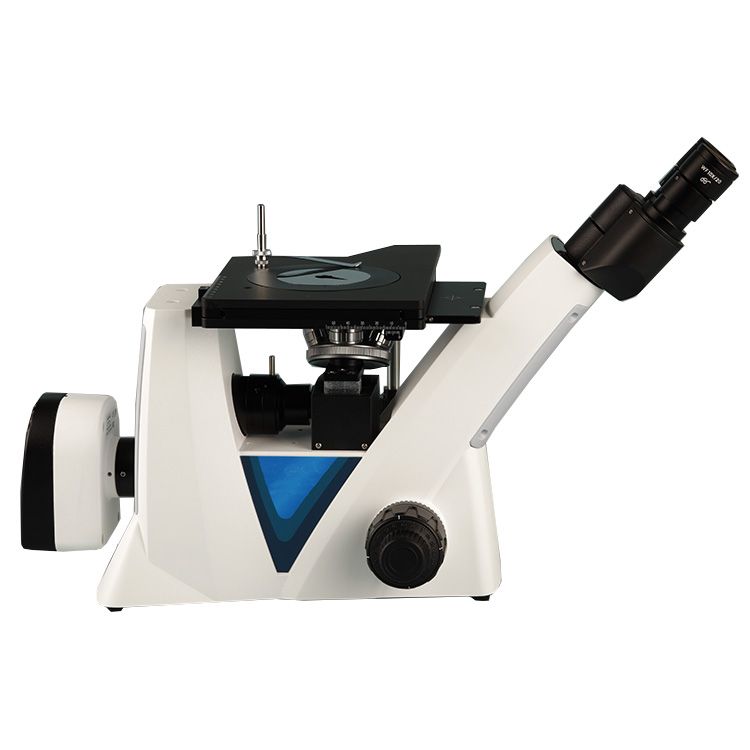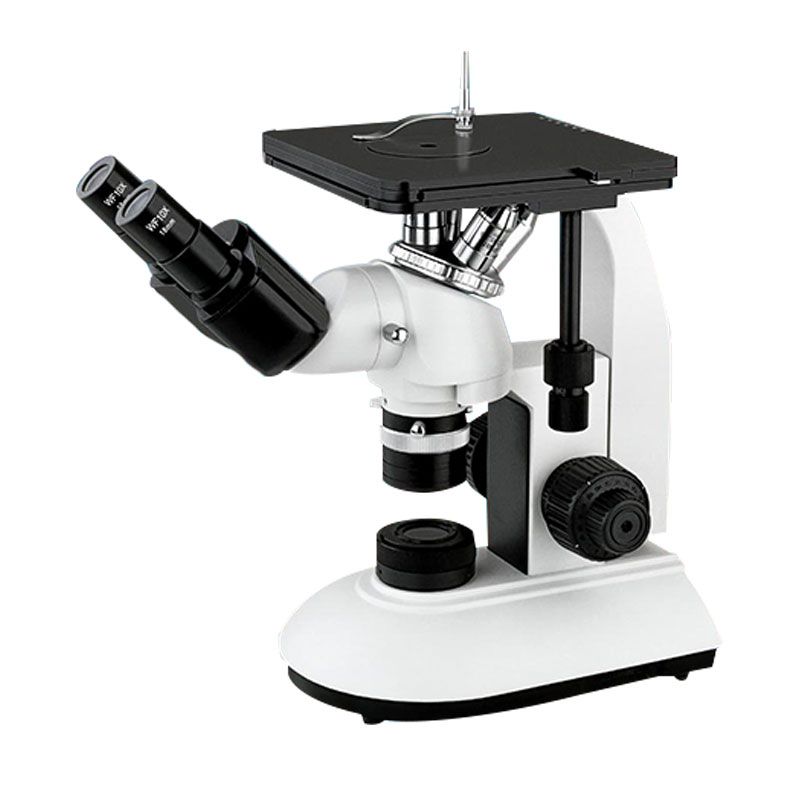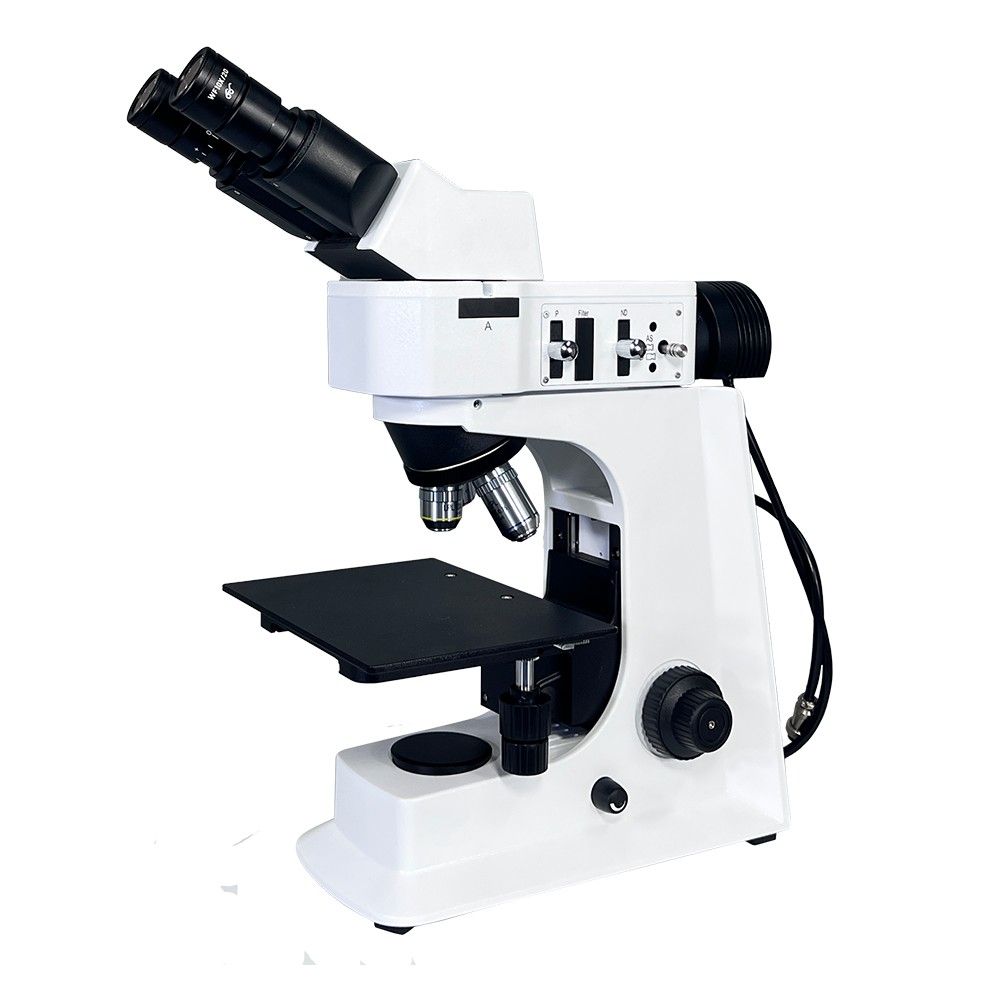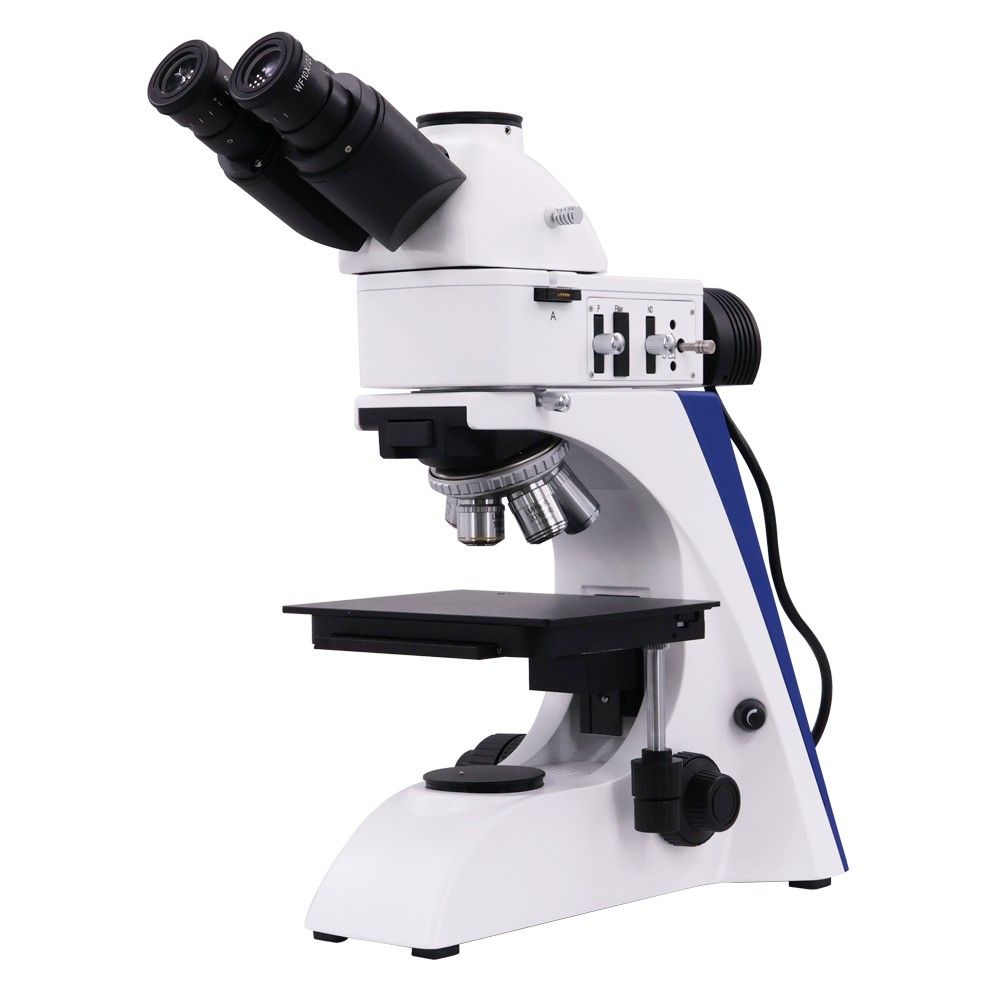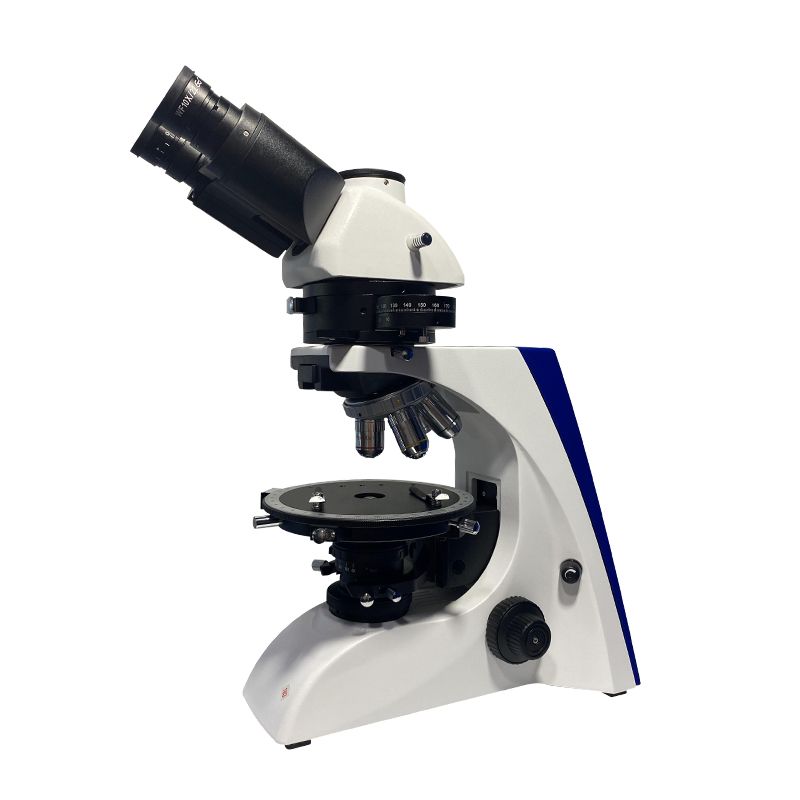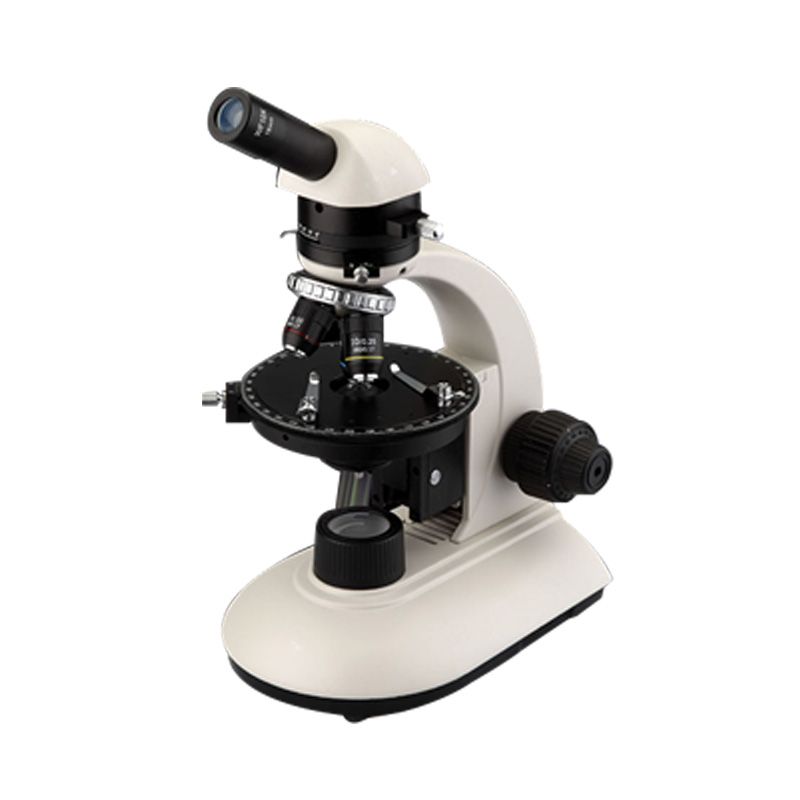Metals play a vital role in many industries, from construction and automotive to aerospace and electronics. Understanding their microstructures is key to ensuring the strength, durability, and performance of these materials. Microscopic examination allows for the in-depth analysis of metals, providing insights into their internal structure and revealing critical properties such as grain size, phase composition, and the presence of defects. This article will explore the various microscopic techniques used in metal examination, how they uncover vital metal properties, and the applications of these analyses across different sectors.
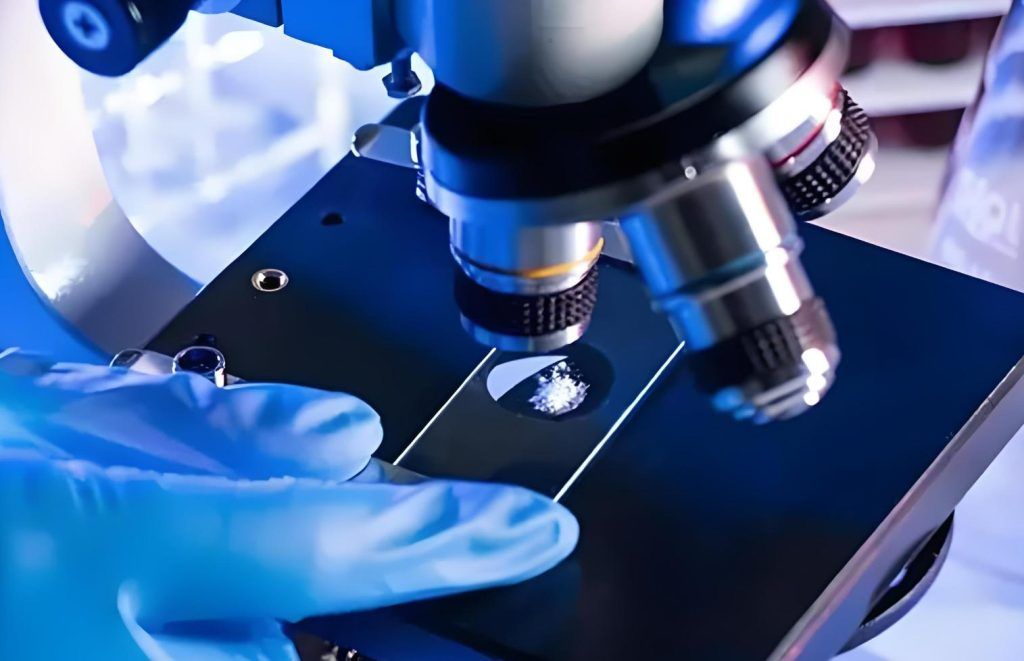
Types of Microscopic Techniques for Metal Examination
Microscopic examination of metals involves a variety of techniques, each providing unique insights into the material’s structure and characteristics. The choice of technique depends on the type of analysis required, with some methods excelling in surface examination, while others provide detailed images of internal structures.
- Optical Microscopy (OM)
Optical microscopy is one of the most commonly used methods for examining metal surfaces. It uses visible light to illuminate the sample, producing magnified images of the metal’s microstructure. This technique is particularly useful for analyzing grain boundaries, phases, and surface defects in metals. Such as inverted metallurgical microscope is widely used in industries for examining metal surfaces and microstructures.
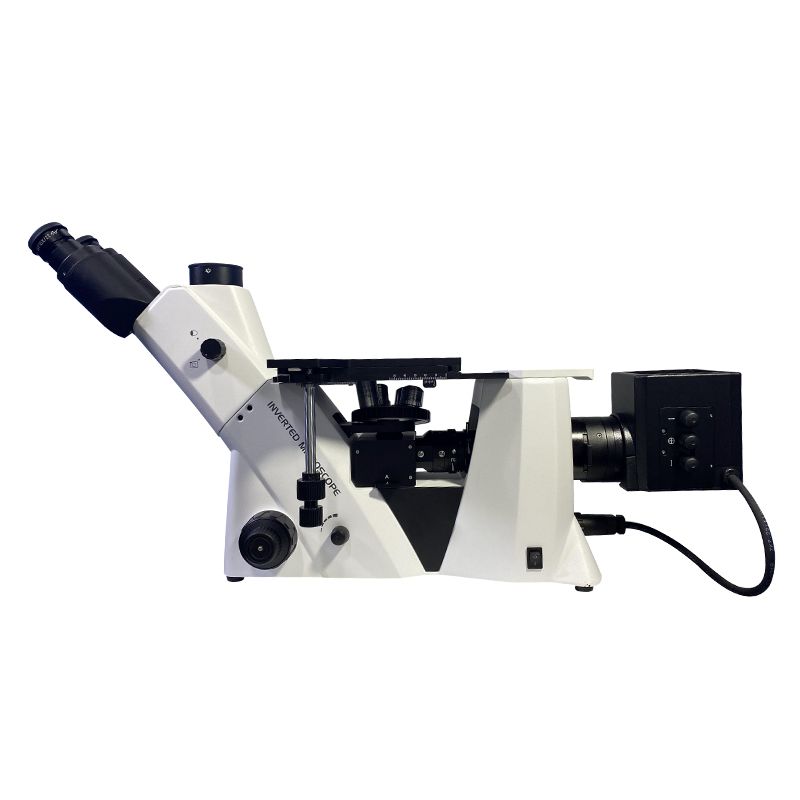
- Scanning Electron Microscopy (SEM)
SEM provides higher resolution and depth of field compared to optical microscopy, using a focused beam of electrons to produce detailed images of the metal’s surface. It is especially useful for examining fine details like cracks, inclusions, and surface features. SEM can also be paired with energy-dispersive X-ray spectroscopy (EDS) for elemental analysis.
- Transmission Electron Microscopy (TEM)
TEM is an advanced microscopy technique that provides images at the atomic level. It works by transmitting electrons through a thin sample, revealing intricate details of the metal’s crystalline structure. TEM is critical for examining dislocations, grain boundaries, and phase transformations.
- Atomic Force Microscopy (AFM)
AFM measures surface topography with high precision by scanning the surface of the metal with a mechanical probe. This technique is useful for analyzing surface roughness and defects at the nanometer scale, making it valuable for industries where surface quality is crucial.
- Polarized Light Microscopy (PLM)
PLM is used to examine anisotropic metals and metal alloys by utilizing polarized light to enhance contrast in the microstructure. It helps in analyzing phase boundaries and grain orientation, which is essential for metals like titanium and steel. Polarizing Microscope is often used in metallurgical labs for phase and grain structure analysis.
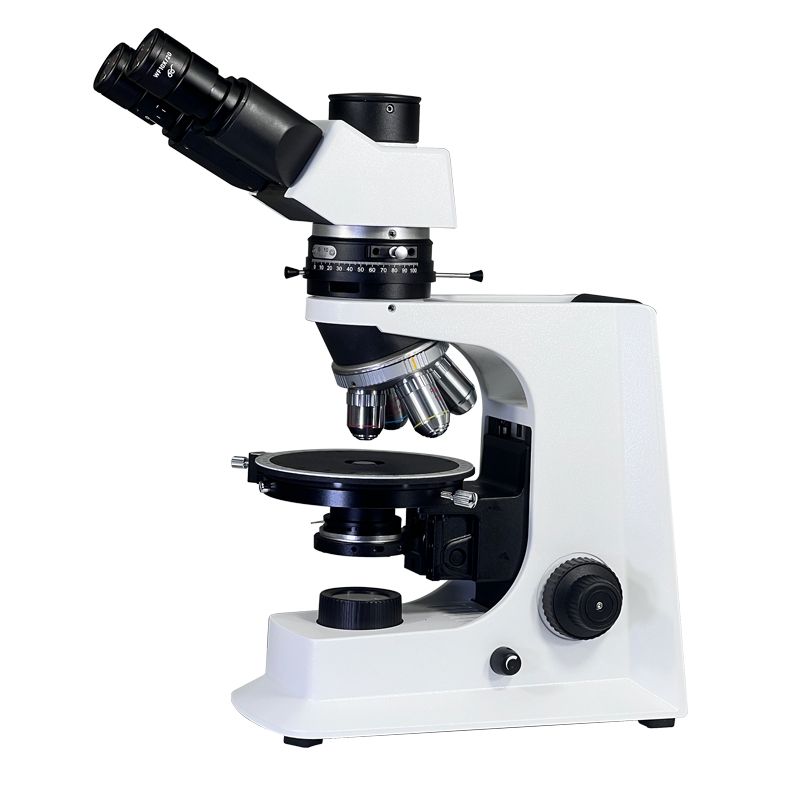
Each microscopic technique offers unique advantages in metal examination, from surface inspections to atomic-level imaging. The use of specific products ensures precise and accurate analysis, providing essential insights into the material’s performance characteristics.
Revealing Metal Properties through Microscopic Examination
Microscopic examination is crucial for uncovering a wide range of metal properties, which is useful for understanding the material’s performance in different applications. Below are the key properties that can be analyzed using microscopic techniques:
Grain Structure
One of the most significant metal properties revealed through microscopy is grain structure. Grain boundaries impact a metal’s mechanical properties, such as strength, hardness, and ductility. Through techniques like optical microscopy and SEM, metallurgists can analyze grain size, shape, and distribution, which helps determine the metal’s behavior under stress and its overall durability.
Phase Composition
Many metals and alloys undergo phase transformations due to heat treatment or alloying processes. Microscopic examination, particularly through polarized light microscopy and TEM, helps identify these phases and the transitions between them. Understanding phase composition is critical for optimizing the metal’s mechanical and thermal properties.
Surface Defects
Defects such as cracks, voids, and inclusions can significantly affect a metal’s performance, especially in high-stress environments. Techniques like SEM and AFM can detect these imperfections, allowing manufacturers to assess the quality of the metal and take preventive measures to avoid failure.
Corrosion Resistance
The ability of a metal to resist corrosion is often influenced by its microstructure. Microscopy can reveal areas where the metal is more susceptible to corrosion, such as grain boundaries or inclusions. This helps in improving surface treatments or alloy compositions to enhance the metal’s resistance to environmental degradation.
Microscopic examination is an essential tool for revealing the internal properties of metals, such as grain structure, phase composition, and surface defects. These properties directly impact the performance, longevity, and safety of metals in various applications, making microscopy a critical step in material analysis.
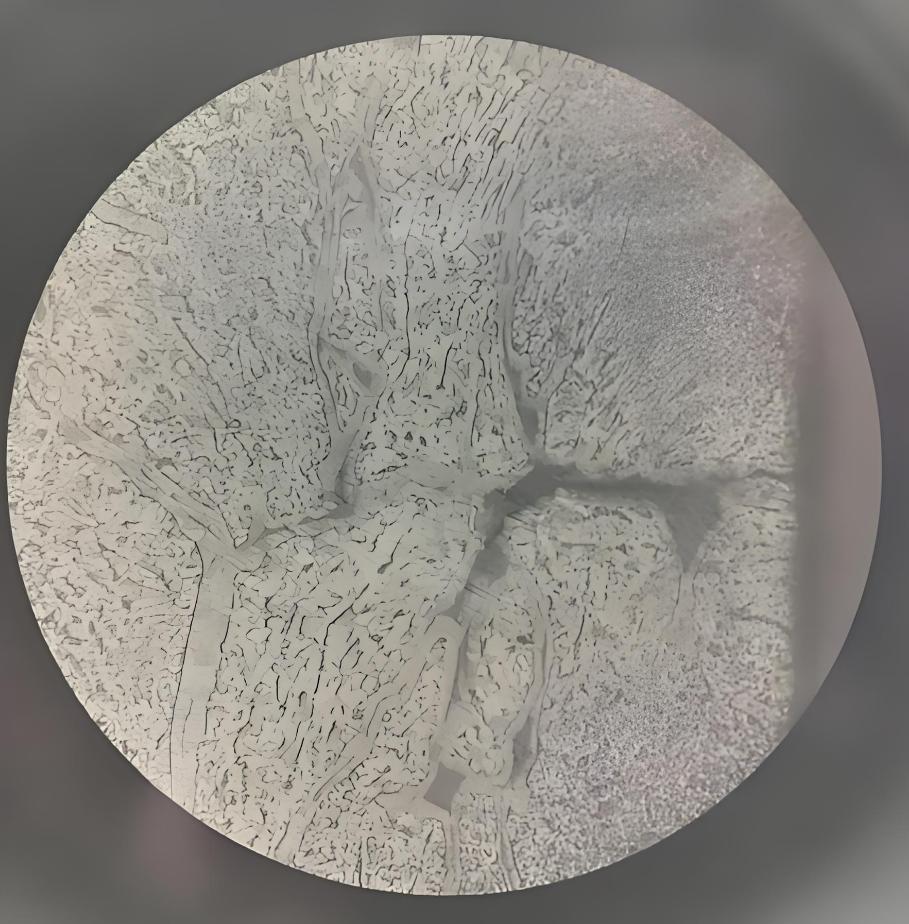
Applications of Microscopic Examination
The application of microscopic examination in the study of metals spans multiple industries, ensuring product reliability and material quality in critical sectors.
- Quality Control in Manufacturing: Microscopic examination is widely used in quality control to ensure that metals meet the required specifications. By examining grain structure, surface finish, and defects, manufacturers can identify potential problems early and adjust their processes accordingly. This is especially critical in industries like aerospace, automotive, and construction, where metal components must meet stringent standards.
- Failure Analysis: When metal components fail, microscopic examination is a crucial step in identifying the cause of failure. SEM and TEM are often employed to examine fractures, corrosion, or fatigue, providing valuable information that helps in understanding the root cause of the failure and preventing similar issues in the future.
- Research and Development: In metallurgical research, microscopy plays a key role in the development of new alloys and metal treatments. Microscopic techniques allow researchers to explore how changes in composition or processing affect the metal’s microstructure, helping to optimize materials for specific applications, such as lightweight alloys for the automotive industry.
- Heat Treatment Optimization: Microscopy is used to study the effects of heat treatments, such as annealing or quenching, on metal microstructures. By examining phase changes and grain refinement, metallurgists can determine the optimal heat treatment process to achieve the desired mechanical properties.
- Surface Engineering: In industries where wear and corrosion resistance are critical, such as in oil and gas or medical devices, microscopy is used to analyze surface coatings and treatments. AFM and SEM are particularly useful for assessing surface topography, roughness, and the quality of protective layers.
Microscopic examination is an indispensable tool in the analysis and understanding of metal properties. From grain structure and phase composition to surface defects and corrosion resistance, microscopic techniques provide detailed insights into the internal characteristics of metals that are critical to their performance in industrial applications. By leveraging advanced microscopy methods such as optical microscopy, SEM, TEM, and AFM, industries can ensure the quality and reliability of metal components, optimize material treatments, and drive innovation in metal research and development.
